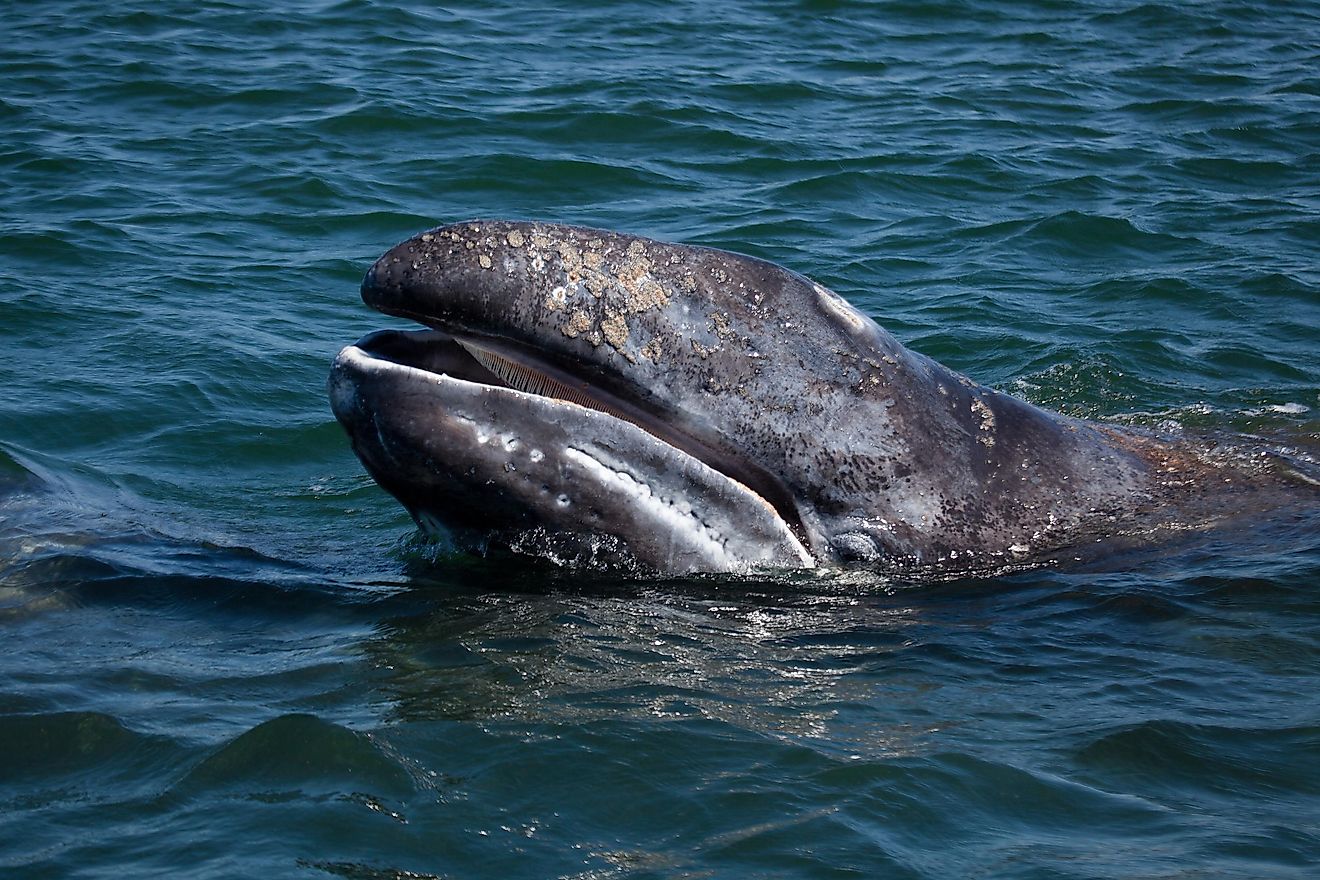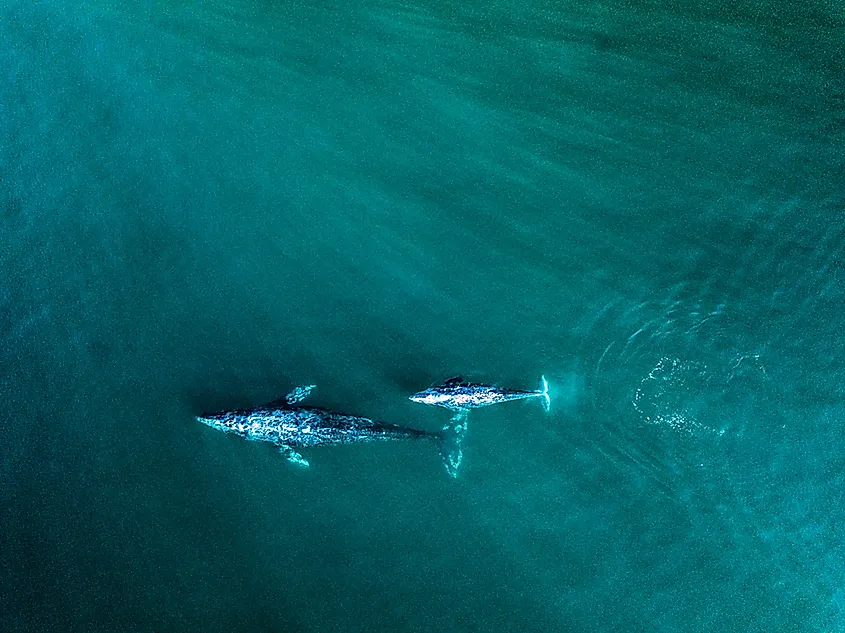Why Are Gray Whales Getting Lost?

Gray whales are baleen whales found in the North Pacific. They are also called gray back whales, California gray whales, or the Pacific gray whales. Every year these majestic mammals migrate between the areas where they breed to their feeding grounds. Gray whales are known to fight back when being hunted, which earned them the nickname “the devil fish.” They are the only living descendants of their genus, which appeared over 30 million years ago.
The Influence Of Solar Storms
As previously mentioned, gray whales migrate yearly, which can point to their close relationship with the sun and its cycles, according to recent research. During the time of migration, gray whales tend to get lost when there is a high chance of sunspots occurring. That is when radio waves being emitted from solar storms are extraordinarily high, and that is the primary influence on the gray whales’ habit of getting lost.
Scientists guess that the reason this happens is that migratory whales navigate by using magnetoreception. That’s why the magnetic waves from solar storms influence their ability to reach their goal. Since the ocean doesn’t provide many signs for more straightforward navigation, it is easy to imagine how gray whales can get lost. Although we cannot be entirely sure that solar storms are the sole reason, it is easy to imagine how disruptions to the Earth’s magnetic field can cause gray whales to lose their ability to keep track of their journey.
Where Do the Gray Whales Live
Gray whales can be found in the Pacific Ocean, and there are two known groups. One of them is made up of 130 individual whales, and their route of migration is between the south of Korea and the Sea of Okhotsk. The second group is much larger, it contains somewhere between 20,00 and 22,00 whales, and they tend to travel between the northern parts of Alaska and the Baja California peninsula. Their reproduction rates are fairly slow, and their numbers were starting to get alarmingly low in 2010, but have since begun to increase.

Gray whales were common in the North Atlantic, but they became extinct during the 18th century. There is no exact historical writing that could give us the data about their migration or distribution, so a large part of what we can conclude is based on speculation. It is believed that gray whales were migrating between both sides of the Atlantic. Some of the locations they were passing through include the Gulf of St. Lawrence, the Baltic Sea, and the Bay of Fundy. Studies from 2018 concluded that gray whales used to go through the Mediterranean as well. In recent times several gray whales have been sighted in locations outside the North Pacific, such as the North Atlantic Ocean, even the Mediterranean Sea. This is, however, very rare.
Biology Of Gray Whales
Gray Whales have a dark gray color and are covered in a pattern that mixes gray and white. Their bodies are often covered in scars left by numerous parasites that attack them while feeding. The scars help us to identify individual whales. Newborn gray whales can be up to 16 feet long, while the adults grow up to 13-15 feet. The female gray whales are usually a bit larger than males.
The process of breeding is very complex in gray whales. It usually involves more than two participants, since the females tend to have several mating partners. The ovulation is closely tied to the migration periods of the gray whale population that happen annually. Females give birth in warmer waters, and it mostly occurs once every two years. Gray whales feed mostly on benthic crustaceans, which they pick up from the seafloor.











